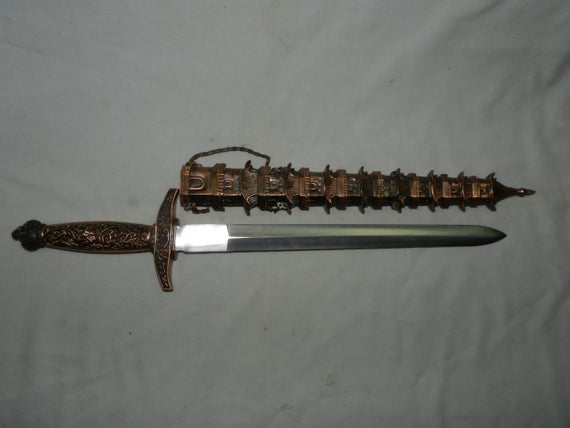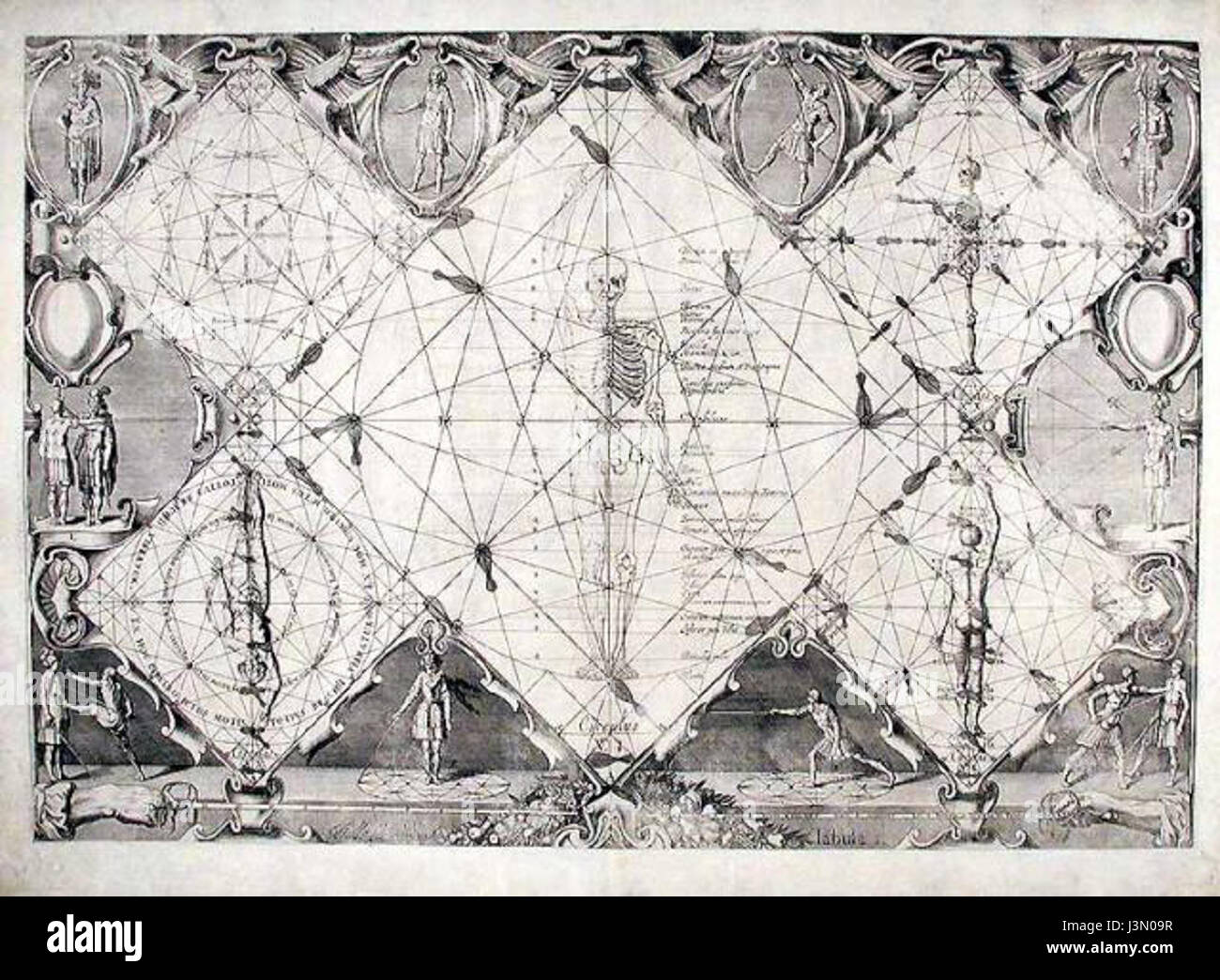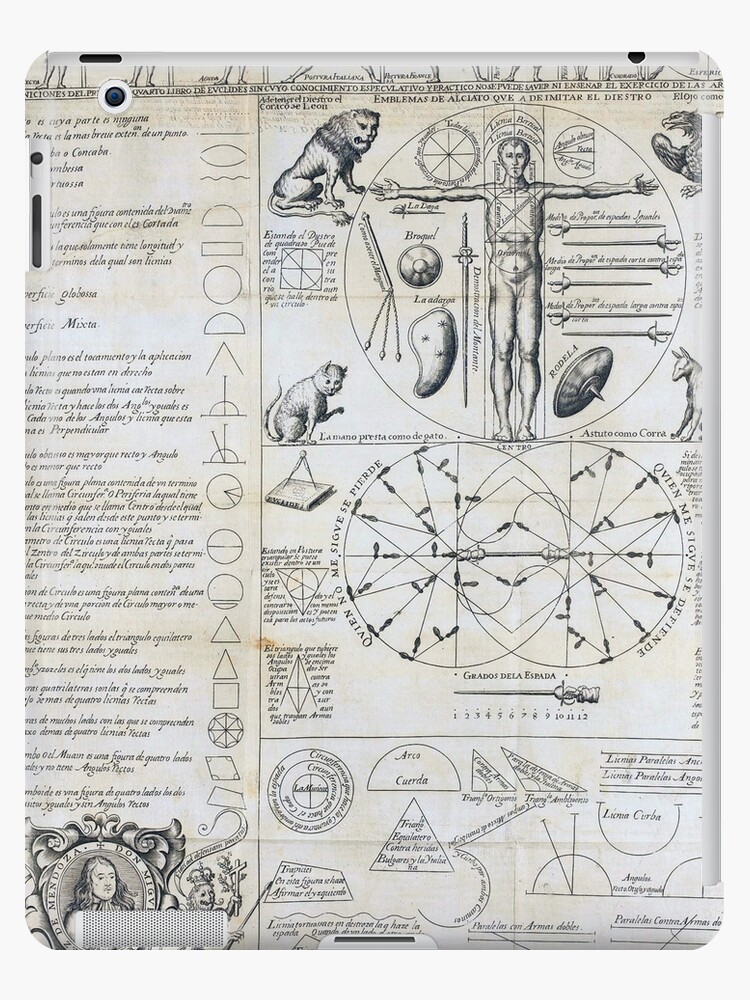I just finished reading Marc MacYoung's Writing Violence ebooks from Amazon Kindle and in his knife volume he points out most knives lack the necessary elements to puncture a rib directly or pierce most areas of the skull. Instead what you'd want to do when attacking the rib cage is to turn your knife sideways so it can slip through the bones and hit organs directly. In the case of the skull, hit his eye socket or some specific weak areas of the human head or stab from the throat if you're aiming to hit the brain fora quick kill. However he does mention an exception to the rule would me historical knives such as the dirk and military combat knives which usually have the design to stab through the bones of the ribs or through the hard parts of the skull. He also states some types of knives used in butchering meat pierces and slaughtering live animals as well as specific hunting knives can also penetrate these bony parts with a direct stab. He mentions these kinds of knives can with proper technique penetrate almost any proper bones and skeletal structure without difficulty.
Why is this? What makes hard parts like your shoulder collar get penetrated by specific types of knives like the bowie knife? How come achieving the same results with say a dining knife be almost damned impossible?
There's a crap ton of differences between knife designs and all elements of a design goes into how effective it is at any given task.
the shape and profile of the knife itself either lends itself to thrusting or to slashing/cutting. Some have elements of both. The poignard is definitely a thrusting knife with some cutting ability but a stiletto is more narrow and will thrust more but is not known for much cutting. A bowie knife has some thrusting, some cutting, even back-cutting but may not thrust as deeply as some others. A cinquedea has a needle point and will thrust in nicely but the deeper it thrusts, the broader the wound channel is. It can chop but doesn't slash as well as the bowie, for instance.
There are differences on the design of the spine or central ridge too. Is it designed to be able to parry? It'll probably be more stout on the spine.
What's the point geometry or the edge geometry? The edge geometry on a straight razor is vastly different from that of a KA-BAR. The straight razor will easily cut to the bone, but typically has a fairly fragile edge that can chip or deform with impact.
And let's not forget the grip itself. A table knife has a different handle than a chef's knife which has a different handle from a butchering knife, which should have a different handle from a fighting knife. How it's intended to be used changes the handle, hilt, and guards (such as a cross-guard, s-guard, d-guard, or even a complex or shell guard/basket).
And, of course, all of this is without exploring the environmental, social, and legal norms under which each fighting knife developed. The expectation of armor, heavy clothing, or bare skin changes the design of a fighting knife. A knife designed for the environment which existed in Germany during "The Little Ice Age" looks different from the fighting knives designed for use in the 18th Century Philippines because the clothing was different in each environment.
These are both fighting knives but they look very, very different:
[Spanish Main-Gauche]
[Karambit]
Peace favor your sword,
Kirk




